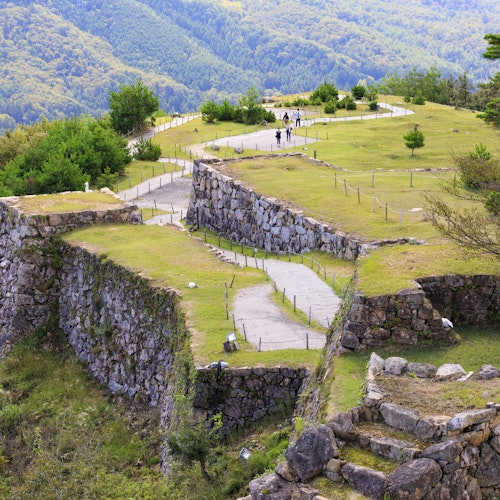
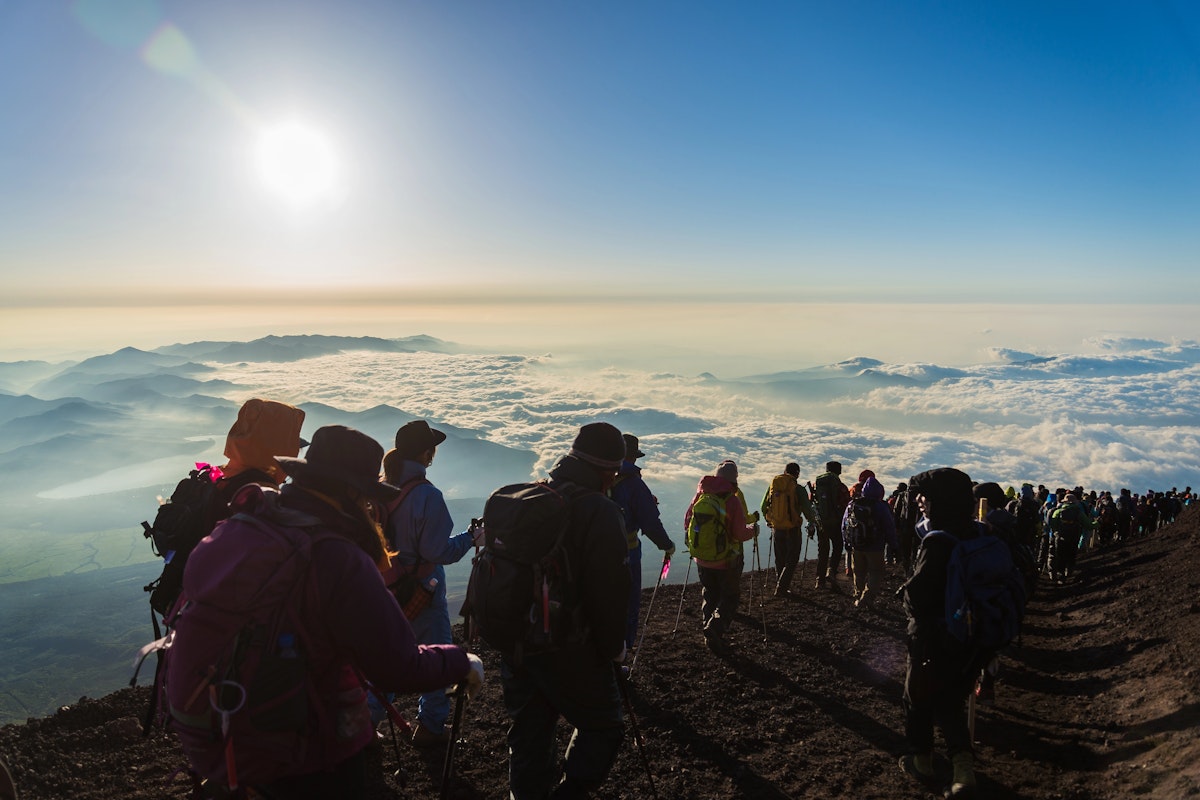
Mount Fuji, standing at 3,776 meters, is not just Japan's highest mountain but also a symbol of national identity. Ascending Mount Fuji is a transformative experience cherished by both residents and tourists alike.
It harmoniously blends physical endurance with profound spiritual awakening. The journey offers stunning natural beauty, a chance to experience Japanese culture through mountain huts, and the challenge of high-altitude trekking.
The official climbing season Mount Fuji typically spans from early July to mid-September, coinciding with the warmest months of the year in Japan. During this time, the weather conditions are generally more favorable, with milder temperatures and reduced risk of snowfall or storms.
Additionally, the mountain huts along the climbing routes are open, providing essential facilities and rest areas for climbers. On the other hand, climbing outside of the official season is strongly discouraged due to the increased hazards and challenges it presents.
Weather is known for its unpredictability, characterized by abrupt temperature drops, powerful gusts of wind, and intense precipitation. The absence of open mountain huts also means that climbers would have limited access to shelter, food, and water during their ascent.
Therefore, it is highly recommended to plan your climb during the official climbing season to ensure a safer and more enjoyable experience. This window of time offers the best opportunity to witness the majestic beauty of Mount Fuji while minimizing risks and maximizing convenience.
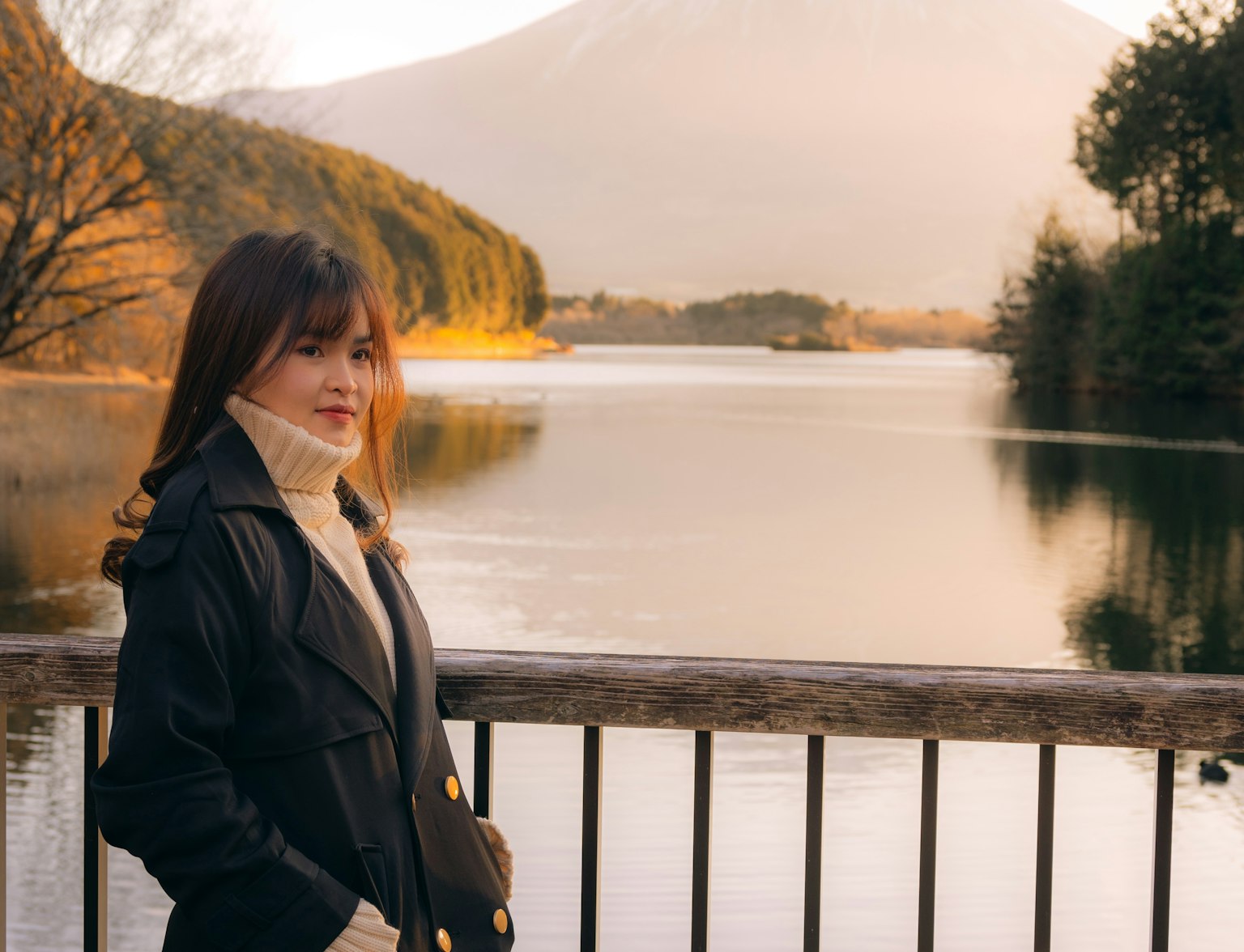
Experience the enchanting beauty of Mount Fuji on a 6-hour tour from Shizuoka.
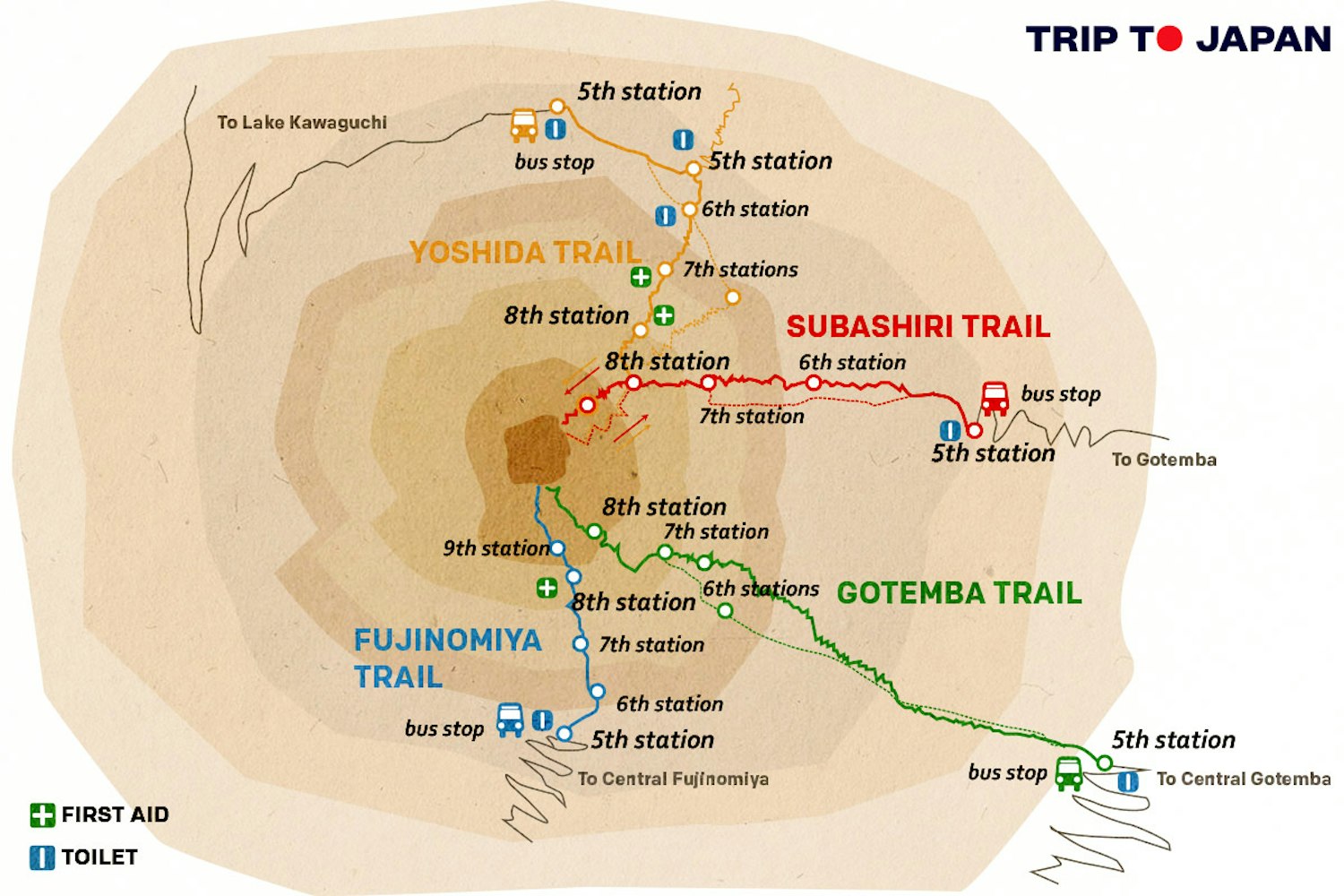
The Yoshida Trail is the most popular among those climbing Mt Fuji. Starting from the 5th station, this trail is frequented by both beginner and experienced climbers.
Several mountain huts are strategically located along the Yoshida Trail, providing much-needed rest stops. The altitude on the Yoshida Trail is generally easier to manage, making it highly recommended for those new to the climb Mt Fuji.
Altitude: 2300 meters approx.
Ascent: Up to 6 hours
Descent: Up to 3.5 hours
The Subashiri Trail is one of the four main routes for climbing Mount Fuji. It is known for its less crowded paths, offering a more tranquil climbing experience than the famous Yoshida Trail.
Despite having fewer mountain huts, this trail provides a serene atmosphere and intersects with the Yoshida Trail near the summit. It's an excellent option for those climbing Mount Fuji at a quieter pace.
Altitude: about 2000 meters
Ascent: 5-8 hours
Descent: 3-5 hours
It is the shortest path to the summit, making it a popular choice for time-constrained people. Despite its shorter length, the trail is steep and can be challenging.
It starts from the 5th station, like most other trails, and offers several mountain huts where climbers can rest and acclimatize. While it may be demanding, the Fujinomiya Trail provides a quicker ascent to the top of Mt Fuji.
Altitude: about 2400 meters
Ascent: 4-7 hours
Descent: 2-4 hours
The Gotemba Trail is one of the four main routes for climbing Mount Fuji and is considered the most challenging. It is the least traveled among the Fuji trails, making it ideal for climbers seeking solitude.
The trail is known for having fewer mountain huts compared to other routes, requiring climbers to be well-prepared. The Gotemba Trail offers a steep, rigorous ascent best suited for experienced climbers.
Altitude: about 1400 meters
Ascent: 7-10 hours
Descent: 3-6 hours
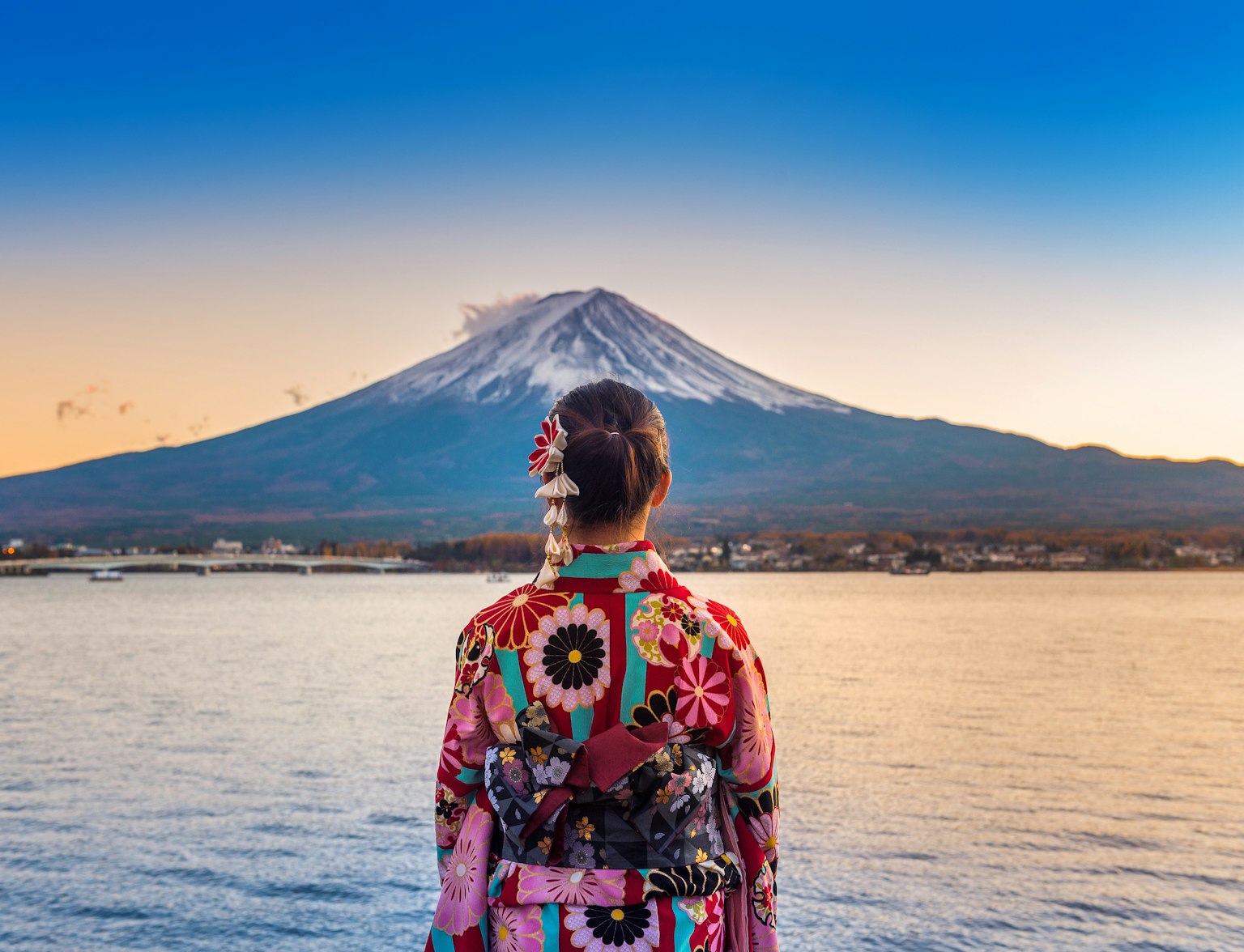
Conquer Mt. Fuji, indulge in traditional culinary delights, and capture Lake Kawaguchi's pristine views.
Altitude sickness is a condition that climbers may experience as they ascend to high elevations like the majestic Mount Fuji. It occurs due to the decreased availability of oxygen at higher altitudes, leading to its onset.
Symptoms often include:
1. headaches
2. dizziness
3. fatigue
4. nausea
To minimize the chances of experiencing altitude sickness, it is crucial to ascend gradually, giving your body ample time to adapt to the decreased oxygen levels. Precautions you can take include staying hydrated, avoiding alcohol and caffeine, and taking regular breaks during your ascent.
Mountain huts along the trails provide good locations to rest and acclimate. If you're particularly concerned about altitude sickness, medications like acetazolamide can be prescribed to help alleviate symptoms.
If you encounter severe symptoms, the optimal action is to descend to a lower altitude promptly. Continuing to ascend while experiencing symptoms can escalate to more severe forms of altitude sickness, posing a potential threat to your life.
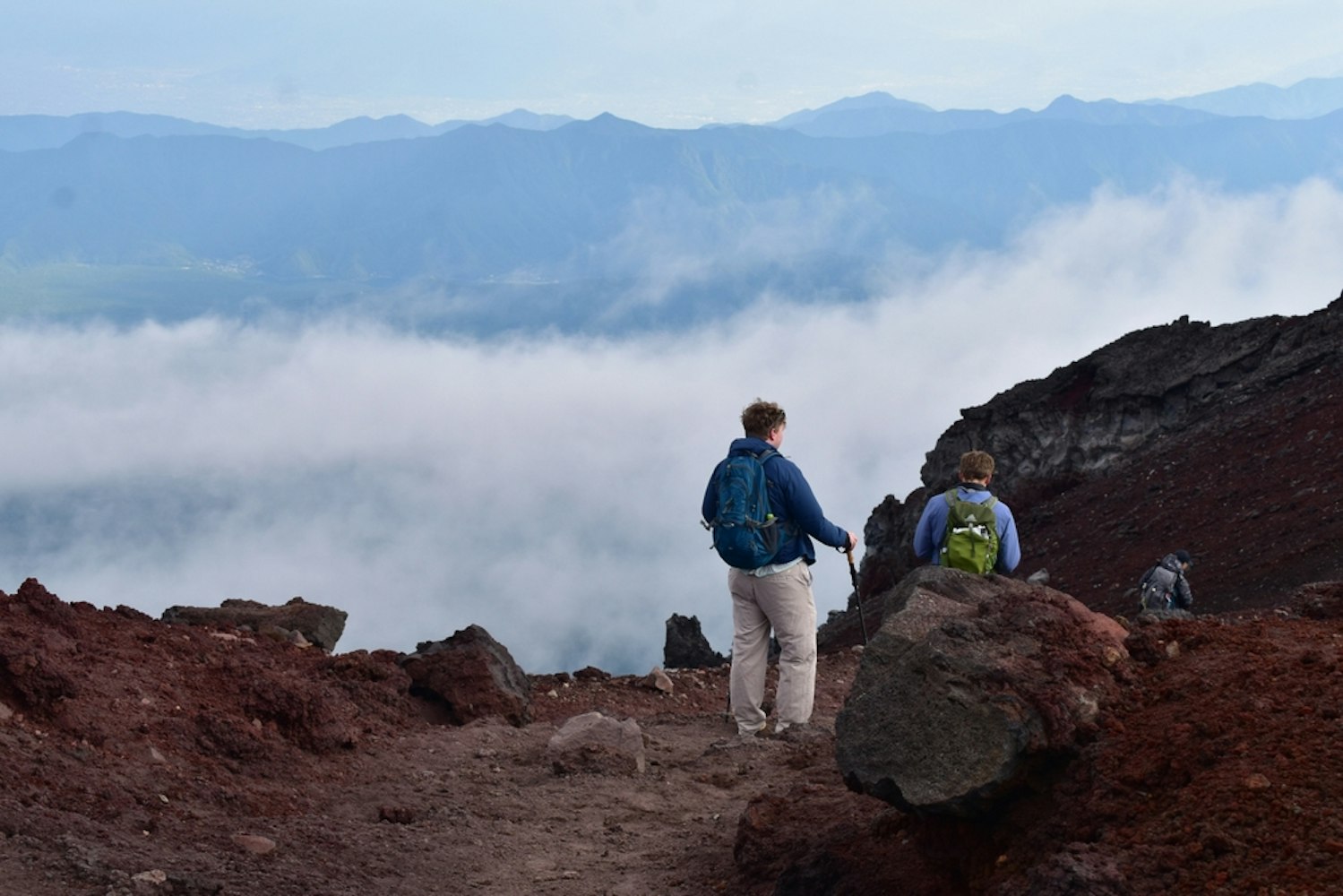
Due to the uneven and rugged terrain along the hiking paths, it is crucial to wear sturdy and supportive hiking shoes to ensure a safe and comfortable journey. Additionally, it's important to note that even during the summer months, temperatures at the summit can drop unexpectedly, creating a frigid environment.
Therefore, it is highly recommended to bring along warm and insulating clothing to protect yourself from the chilly conditions and fully enjoy your hiking adventure.
While you can purchase food and water from the conveniently located mountain huts along your journey, it is always advisable to carry your supplies when climbing Mount Fuji.
This way, you can ensure you have everything you need to fuel your body and stay hydrated as you ascend at your own comfortable pace, taking in the breathtaking views and savoring the unforgettable experience.
Make sure to carry a reliable flashlight during the early morning hours, as it can significantly assist you in navigating the darkness. Additionally, remember to pack a portable phone charger, ensuring that you stay connected even on the go.
Lastly, it's always a good idea to have a basic first-aid kit handy, providing you with essentials.
Climbing Mt. Fuji is an exciting but challenging endeavor that requires careful planning and preparation. Here are some tips to ensure a successful climb:
Choosing the right climbing season is crucial for a safe and enjoyable experience on Mt. Fuji. The official climbing season runs from early July to mid-September.
During this time, mountain huts are open, rescue services are operational, and the weather is generally more stable. Climbing outside this period is discouraged due to hazardous conditions and lack of amenities.
Opting for the official climbing season enhances safety and provides the best overall experience.
Selecting the right trail is crucial for a successful Mt. Fuji climb. Each trail offers a different experience in terms of difficulty, crowd levels, and amenities like mountain huts.
The Yoshida Trail is famous and beginner-friendly, while the Gotemba Trail is less crowded but more challenging. Research the trails beforehand to find one that aligns with your skill level and preferences.
It helps ensure a safer and more enjoyable climbing experience.
To acclimatize, climb at a slow, steady pace and take frequent breaks significantly beyond the 5th station. Utilize mountain huts for rest and to adjust to the altitude. If symptoms persist or worsen, it's essential to descend immediately.
Acclimatization helps your body adapt to the conditions, reducing the risk of altitude sickness.
Booking mountain huts in advance is highly recommended, especially during the official climbing season from early July to mid-September. These huts provide essential amenities like meals, water, and shelter, making them crucial for rest and acclimatization.
Due to high demand, they can fill up quickly. Reserving a spot ensures a safe place to rest and can help you better manage the climb's physical demands and risks, such as altitude sickness.
Mountain weather can be unpredictable and change rapidly, affecting visibility and trail conditions. Knowing the forecast helps you prepare adequately, ensuring you bring the right gear and clothing.
It also allows you to decide whether it's safe to proceed with the climb or, better to postpone. Always check reliable sources for the most current Mt. Fuji weather information.
When exploring the trails, it's crucial to have reliable footwear that provides stability and grip on rocky paths. For navigating uneven terrain, it is recommended to wear hiking boots or shoes with excellent ankle support. Investing in proper footwear not only enhances your comfort but also minimizes the risk of slips and falls.
The temperature can vary significantly from the base to the summit. Layering allows you to easily adjust to these changes by adding or removing clothing as needed.
Wear a moisture-wicking base layer, layer on an insulating fleece, and top it off with a windproof and waterproof outer layer. This approach helps you stay warm at higher altitudes while preventing overheating during the initial stages of the climb.
Along with food and water, it's advisable to bring a flashlight for the early morning hours, a portable phone charger for emergencies, and a basic first-aid kit to treat minor injuries or ailments. These supplies not only enhance your safety but also contribute to a more comfortable and enjoyable climbing experience.
Maintaining a steady pace is crucial when climbing Mt. Fuji to conserve energy and reduce the risk of altitude sickness. Rushing may lead to fatigue and make acclimatization difficult. Taking regular, short breaks allows your body to adjust to the changing altitude.
A consistent pace ensures you have enough energy for the ascent and the descent, making your climb more manageable and enjoyable.
Descent trails are separate from the ascending ones to manage the flow of climbers. It's essential to follow the designated descending trails, usually well-marked, to avoid getting lost or straying into dangerous areas.
Make sure you know which trail you're on and where it intersects with the descent route to make your journey back down the mountain as smooth as possible.
By following these tips and being well-prepared, you're more likely to have an enjoyable and successful climb up Mt. Fuji.
Climbing Mount Fuji is a challenging but rewarding experience. From selecting the right trail to packing the appropriate gear and understanding the importance of mountain huts, preparation is vital.
With this guide, you can take on the challenge, whether you opt for the famous Yoshida Trail or the less-traveled Gotemba Trail. Make the most of your Mt Fuji adventure by being well-prepared and respecting the mountain's grandeur and sanctity.
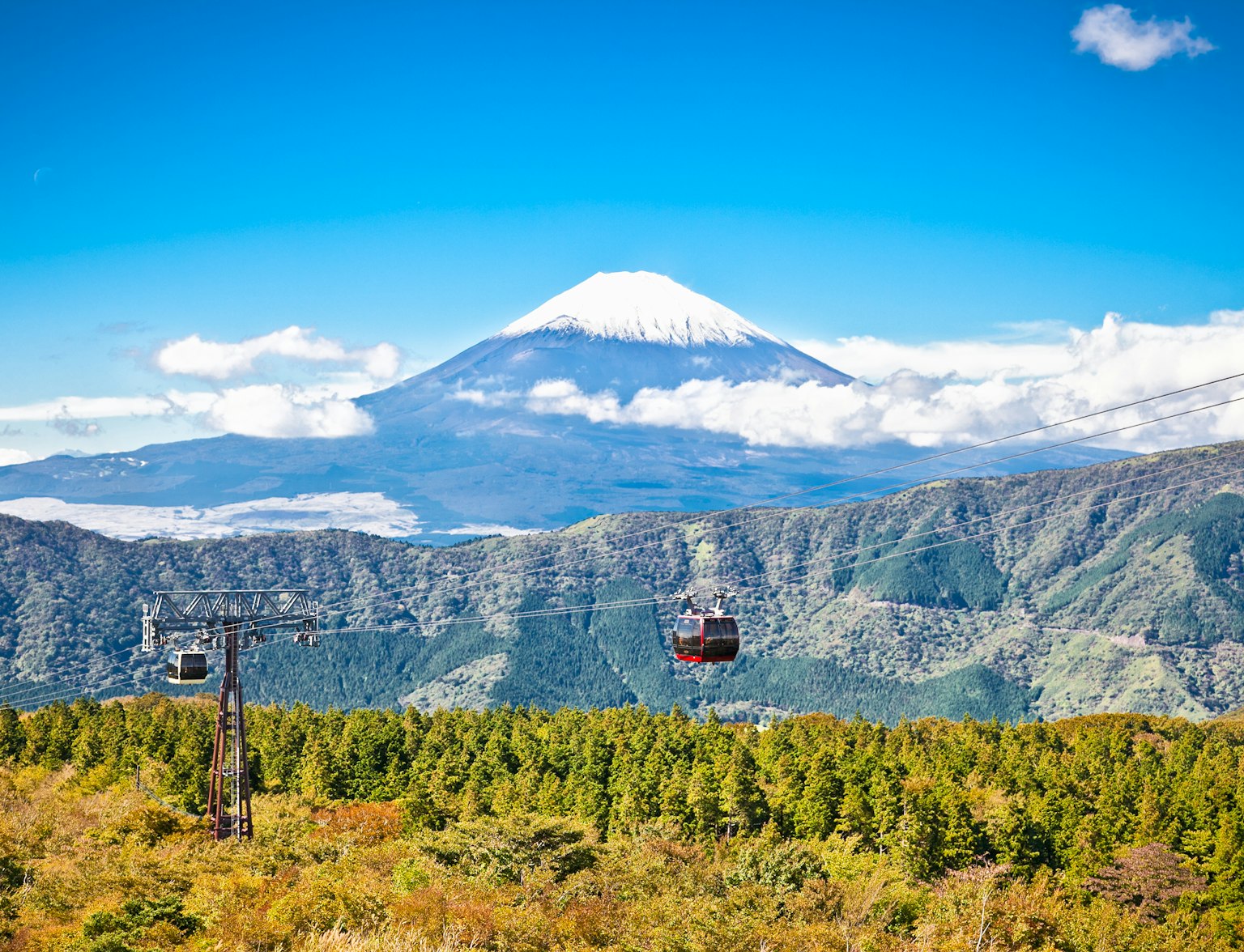
Visit 5th station of Mt. Fuji with this tour.
